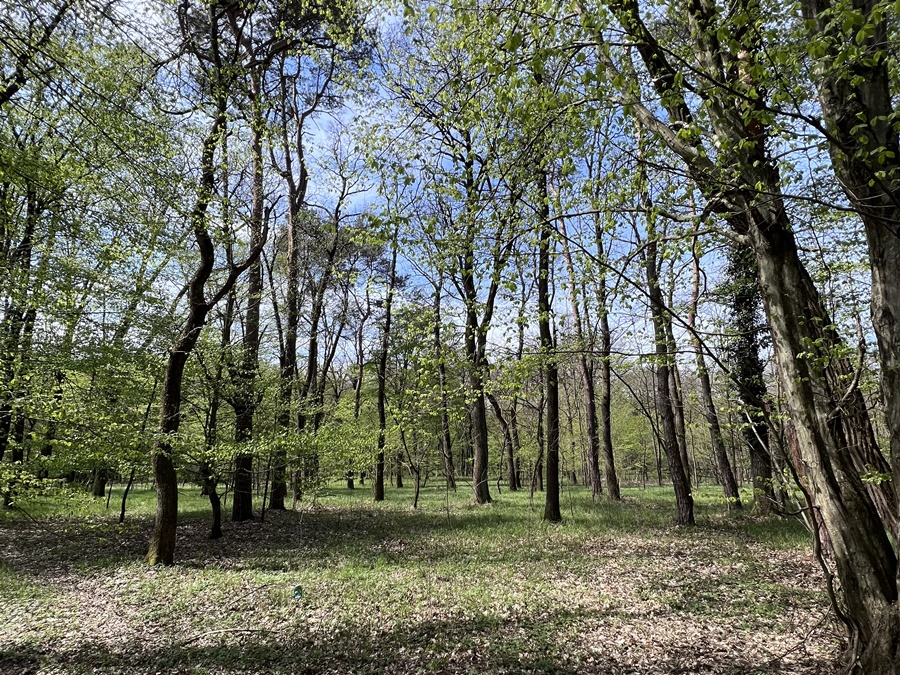Everyday investing conversations include stocks, bonds, real estate, cryptocurrencies, and other conventional assets. I’m a firm believer in planning and organizing backup plans, which means I’m a big advocate of diversifying a portfolio of investments. The lesser-known yet increasingly popular and sustainable investment avenue of Forestry has had my investing attention in 2023. Forestry is an unconventional investment that often gets overshadowed by the more prominent players in the investment game. However, with its potential for lucrative returns and its alignment with the globally rising interest in sustainable and socially responsible investing, it’s time to discuss forest land investing.
Forestry investing is owning and managing a piece of forest land to hold for a later increase in value, carbon credits, or to generate a profit. This could be through timber sales, leasing land for recreational activities, or even participating in carbon offset markets. It’s a long-term investment, often taking many years to mature, and will require patience and a keen understanding of the sector. Looking for deals at the right price sure to increase in value is a must when buying forest land, so start researching for that right investment property.
Why Invest in Forest Land?
Profit: Forest land offers several avenues for profit, primarily through timber sales. As trees grow, they gain volume and value; well-managed forests can provide steady income. Unlike other crops, trees can be harvested anytime, allowing owners to time their sales to market peaks.
Diversification: Investing in forestry can provide a natural hedge against inflation and an excellent portfolio diversification tool. It’s an asset class that historically has shown a low correlation with traditional investments, offering balance to your portfolio.
Environmental Impact: By responsibly managing a forest, you contribute to the environment by promoting sustainable timber production, providing wildlife habitats, and sequestering carbon dioxide.
Recreational Leasing: Forest landowners can lease their land for recreational activities like hunting, fishing, camping, and hiking, generating an additional income stream.
Carbon Credits: Governments are instituting climate change initiatives, leading to a market for forestry for carbon credits to emerge. Forests absorb CO2, and forest owners can sell these carbon sequestration rights as “carbon credits” to companies needing to offset their emissions. Read more about Forestry Investments for Carbon Tax Credits.
How to Invest in Forestry?
Direct Ownership: This is the most straightforward route where you purchase a piece of forest land. It gives you the most control but requires the most work and knowledge about forestry management.
Timber Investment Management Organizations TIMOs: They manage forest investments for individuals and institutional investors. They take care of the management, allowing you to enjoy the returns without worrying about the day-to-day operations.
Real Estate Investment Trusts REITs: Some public companies focus on timberland ownership and offer shares to individual investors. They are required to distribute most of their profits to shareholders, providing a relatively steady income stream.
Exchange-Trade Funds ETFs: Some ETFs focus on forestry and timber. This allows you to invest in a diversified portfolio of forest-related stocks without owning the land directly.
Investing in forestry is an unconventional yet potentially rewarding venture that offers financial returns and contributes to sustainability. However, it’s important to remember that, like all investments, forest land ownership has risks and challenges. Therefore, doing your due diligence is vital before investing.
Consider your investment goals, risk tolerance, and the time you’re willing to dedicate to managing or overseeing your investment. Consider consulting with a professional specializing in forest land investments to guide you. Talk to a financial advisor who can help you plan your long-term investing goals. With careful planning and management, forest land can be valuable to your investment portfolio. Read Investing in Real Estate and Natural Resources Forestry for more about forestry. Subscribe for more business, investing, and Sales posts, we will send you one e-mail a week with the weekly posts, and that’s it. Have a lovely day.











